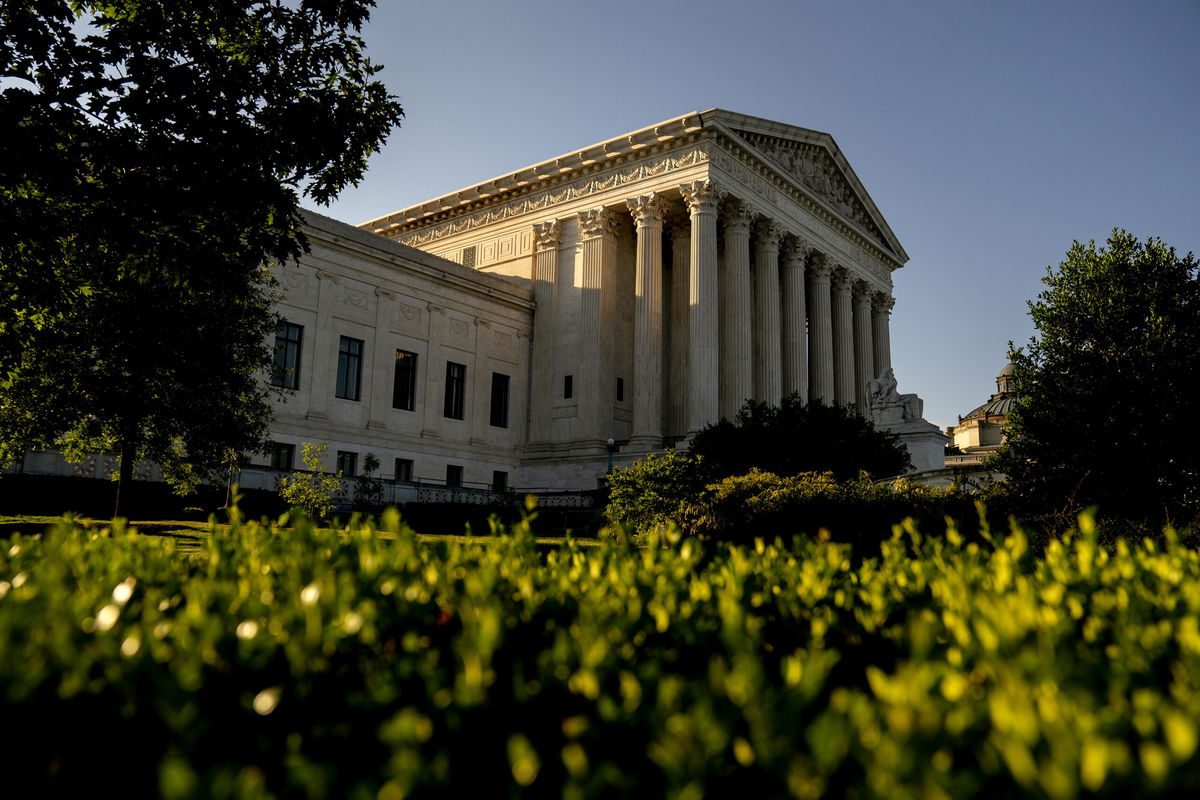The Supreme Court’s evolution on the separation of church and state

During a tense two hours of arguments Monday over the case of a high school football coach suspended for praying on the field
By Joan Biskupic, CNN legal analyst & Supreme Court biographer
For more than a decade, the Supreme Court has consistently ruled for religious conservatives, requiring public spending at church schools, allowing Christian prayer before local government meetings and permitting broad religious exemptions from Obamacare’s contraceptive coverage mandate.
During a tense two hours of arguments Monday over the case of a high school football coach suspended for praying on the field, the justices appeared open to further dissolving constitutional limits separating church and state.
At its broadest, former coach Joe Kennedy’s claim of religious discrimination against the Bremerton, Washington, school district has the potential to undercut decades of precedent prohibiting prayer in school. The Supreme Court in 1962 first declared that public school officials could not require students to recite daily prayers. In 1992, the court ruled against school-sponsored prayer at high school graduation, and in 2000 it invalidated a policy that let students lead pregame prayer over a loudspeaker.
Justice Samuel Alito, who in opinions and outside speeches has characterized religion as under attack in America, was among the justices who sounded most sympathetic to Kennedy. Alito suggested the school district’s action reflected hostility toward religion and questioned whether Kennedy would have been disciplined if his post-game statements focused on the Russian invasion of Ukraine or other hot political topics.
What if all Kennedy did, Alito asked a lawyer for the school district, “was to wave a Ukrainian flag?” Would you have fired him?” Alito asked in disbelief. “What reason is there to believe that you would have treated the case the same way?”
Justice Brett Kavanaugh suggested that he believed Kennedy’s situation differed from prior cases in which the court had ruled against school prayer, because students could avoid being subjected to the coach’s message.
Kavanaugh described as “a key fact” that the prayers in the 2000 case were delivered over “loudspeakers,” in contrast to Kennedy quietly praying on the 50-yard line, “when the players are dispersing after the game.”
Taking a different tack, liberal Justice Elena Kagan tried to put the focus on students who might feel pressured to follow the coach.
“If you look at our prayer cases,” Kagan said, “the idea of why the school can discipline him is that that puts a kind of undue pressure, a kind of coercion, on students to participate in religious activities when they may not wish to, when their religion is different or when they have no religion.”
Kagan said a district may want to protect students from fearing that if they fail to follow a coach’s practices, they will not get into the game. “And this is a kind of coercion that’s improper for 16-year-olds,” she said.
The current court has increasingly allowed more mixing of church and state. The pattern has deepened with the addition of conservative justices such as Kavanaugh and fellow appointees of former President Donald Trump, Neil Gorsuch and Amy Coney Barrett.
The late liberal Justice Ruth Bader Ginsburg, whom Barrett succeeded, protested the court’s trend in her last written opinion before her death in 2020.
“(T)he Court casts totally aside countervailing rights and interests in its zeal to secure religious rights to the nth degree,” she wrote in a dispute over employers’ religious and moral exemptions from the Affordable Care Act’s contraceptive mandate. She said the majority was allowing “the religious beliefs of some to overwhelm the rights and interests of others who do not share those beliefs.”
Through the years, the court has also redefined government rules once regarded as neutral to now be potentially discriminatory, for example, on government funding of schools.
Based on earlier arguments in a funding dispute from Maine, it appears the justices may also in this session strike down a program that permits parents to use government-financed vouchers for public and private schools but not religious institutions.
Like pending disputes over abortion rights and gun control this Supreme Court term, school prayer remains an enduring part of the “culture wars” tracing to at least the Ronald Reagan years.
Reagan’s former attorney general, Ed Meese, in fact, submitted a brief with other former GOP attorneys general siding with Kennedy.
“(P)rayer in the public sphere—and even in public schools — was historically commonplace,” they argued. “… The Americans who drafted and ratified the First Amendment would balk at the notion that the Establishment Clause could be co-opted to cancel a coach for his private prayers. So should this Court.”
A group of 11 church-state scholars, alternatively, have urged the justices to reinforce their prohibitions on prayer in school settings. “At bottom, (Kennedy’s) argument amounts to a direct assault on the line of cases originating with Engel v. Vitale (1962), and continuing most recently through the Court’s ruling in Santa Fe Independent School District v. Doe,” the 2000 case forbidding organized prayer over a public address system before games.
If Kennedy wins, the scholars argued in the brief by lawyer Joshua Matz, “then disturbingly little remains of this Court’s precedents.”
The-CNN-Wire
™ & © 2022 Cable News Network, Inc., a WarnerMedia Company. All rights reserved.

